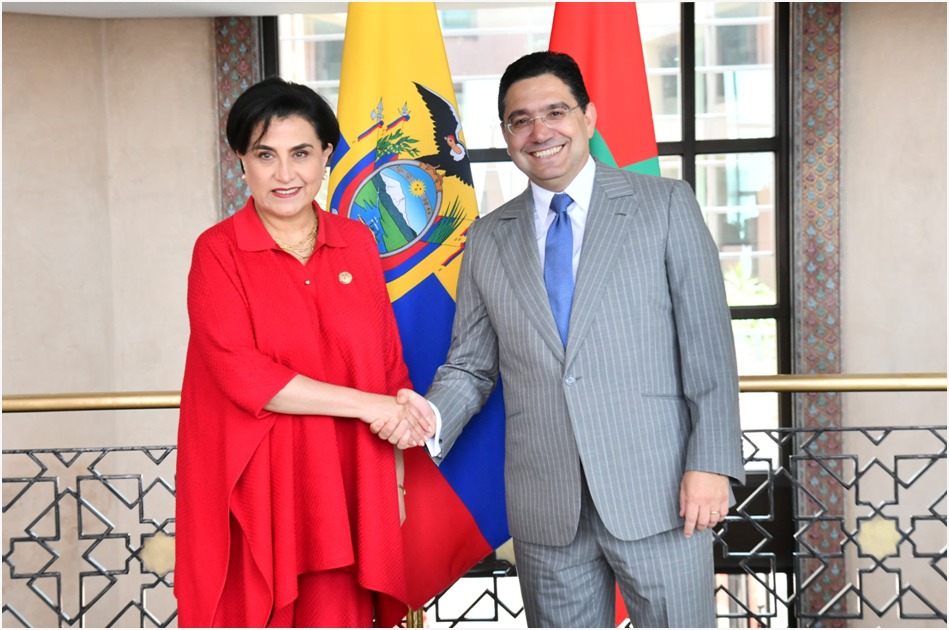by Xinhua writers Habtamu Worku, Liu Fangqiang
As a country increasingly affected by severe climate shocks, Ethiopia is gaining momentum in its ecological restoration efforts.
At the core of this drive is the Green Legacy Initiative (GLI), a homegrown tree-planting campaign launched in 2019 to address climate change, environmental degradation, and food security challenges at home and across the region.
Now a central pillar of Ethiopia’s development and climate adaptation strategy, the annual campaign kicked off on Thursday, with a broad goal of planting 7.5 billion seedlings during the June-September rainy season, pushing the cumulative total beyond 47.5 billion trees.
To institutionalize progress, Ethiopia took a landmark step in December 2024 when parliament unanimously ratified a proclamation establishing the Green Legacy Initiative and Degraded Land Rehabilitation Special Fund.
The legislation earmarks 0.5 to 1 percent of the federal annual budget for restoring degraded landscapes through forestry and agroforestry, with regional states contributing based on capacity. According to the parliamentary motion, the fund is expected to deliver broad social, economic, and ecological benefits while attracting greater international cooperation.
Institutionalizing the GLI has elevated Ethiopia’s leadership in environmental restoration, serving as a regional and global example for long-term financing and sustainability of climate initiatives.
According to a recent study by the Ethiopian Ministry of Agriculture, the GLI has “significantly reduced” soil erosion, once a major threat. Previously, an estimated 1.9 billion tonnes of fertile soil were lost annually.
Currently, average losses have dropped to 208 million tonnes thanks to the GLI, helping preserve farmland and prevent siltation in dams, according to data from the ministry.
The government credits the GLI with strengthening food security, particularly through the planting of fruit trees that contribute to household income, nutrition, and community resilience. The United Nations (UN) also recognized the GLI’s contribution to Sustainable Development Goal (SDG) 2, targeting zero hunger, through planting high-value fruit trees that enhance food availability.
Ethiopia’s GLI also aligns with more global climate goals, including SDG 13, which urges urgent climate action. The UN has praised the initiative’s “immense contribution” to adaptation efforts and its alignment with the Paris Agreement, the 2030 Agenda for Sustainable Development, and the African Union’s Agenda 2063.
The GLI is also inspiring regional action. Nigerian Vice President Kashim Shettima, who joined this year’s tree-planting in Addis Ababa, Ethiopia’s capital, hailed it as “an inclusive, impactful, and visionary model,” urging African countries to follow Ethiopia’s lead.
Shettima also called the initiative a practical and inspiring response to the climate crisis, with wide-ranging benefits for land restoration, agricultural productivity, and job creation.
Experts and policymakers argue that through the GLI, Ethiopia is demonstrating that large-scale, nationally-led climate action is both achievable and essential for securing a stable future in the Horn of Africa and beyond. Enditem
Source: Xinhua
Share Us



